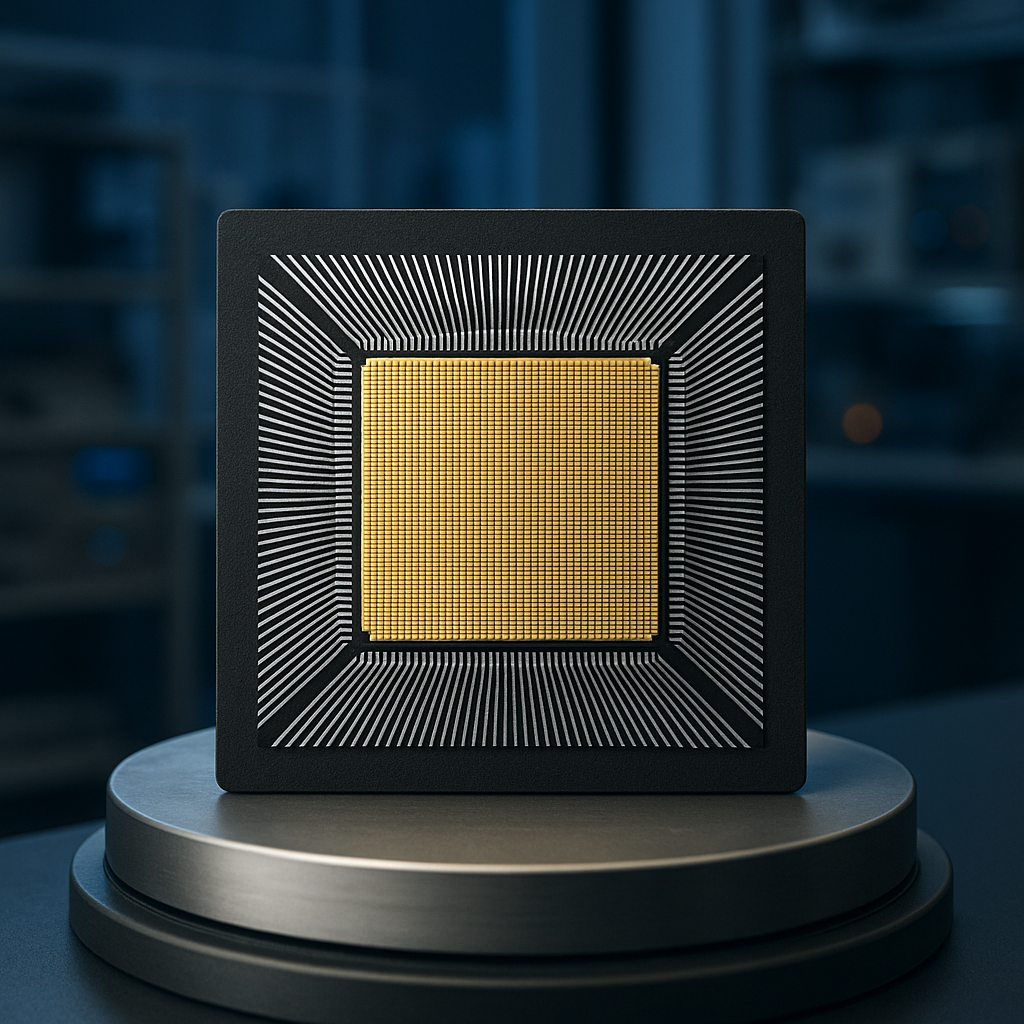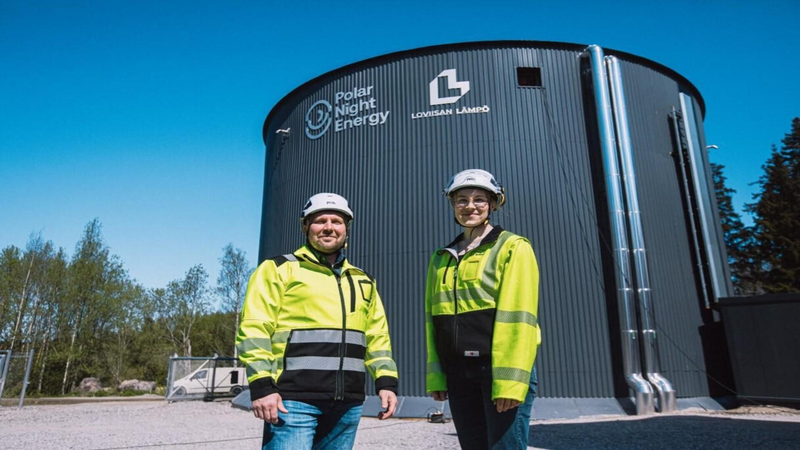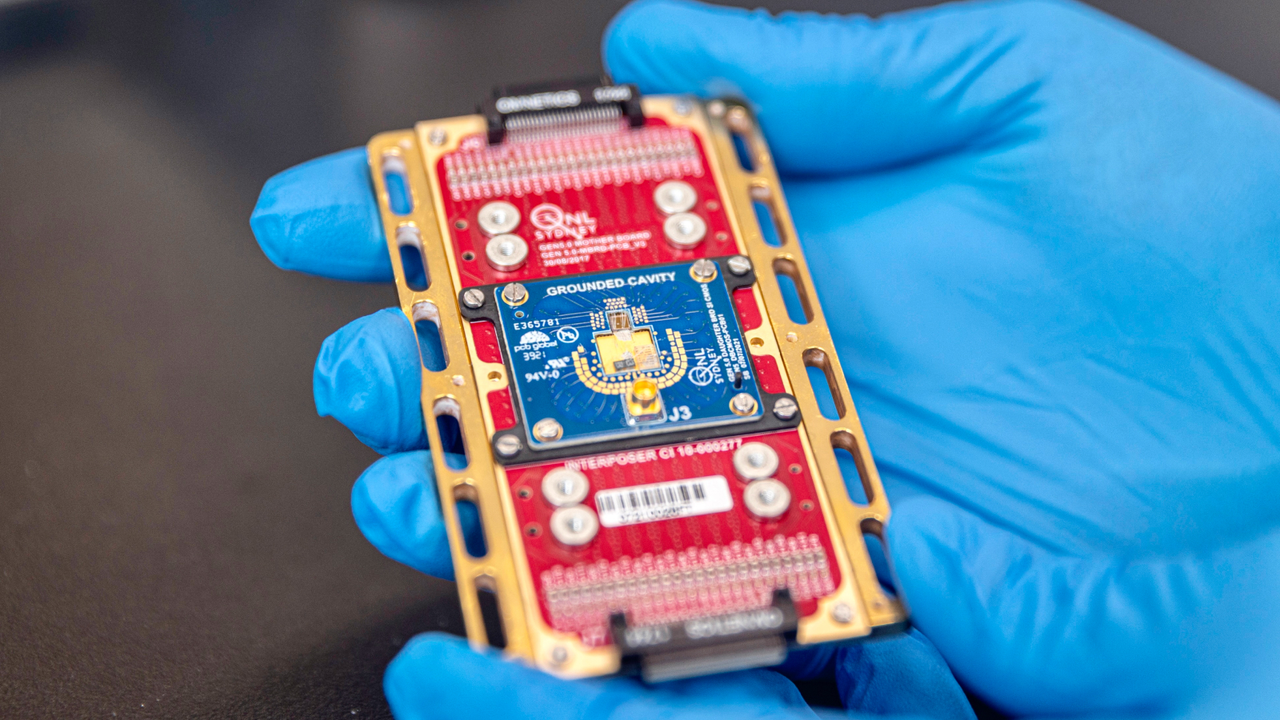After a Decade of Work, Scientists Clear Path to Building Million-Qubit Quantum Computers
0 comments
Scientists in Australia have developed a groundbreaking cryogenic quantum-control chip that could make it possible to place millions of qubits on a single device. This chip functions at temperatures near absolute zero—about -273°C—allowing it to be positioned extremely close to qubits without interfering with their fragile quantum states. Professor David Reilly from the University of Sydney, who led the project, noted that this achievement is the culmination of over a decade of work perfecting ultra-low-power electronics that can function at milli-kelvin temperatures.

Image created with ChatGPT
The new chip is built using standard CMOS (complementary metal–oxide–semiconductor) technology, which is widely used in everyday electronics, but it’s specially designed to control spin qubits—qubits that store information in the spin, or magnetic orientation, of single electrons. Spin qubits are a promising candidate for scalable quantum computing because they can be produced using the same processes as conventional silicon chips. However, until now, placing control electronics close enough to the qubits without disrupting their function had remained a major hurdle due to the risk of heat and noise interfering with the quantum information.
In tests, the chip was able to operate within one millimeter of qubits without introducing any measurable noise or performance loss. It maintained high-fidelity control over both single-qubit and two-qubit gates, with no detectable degradation in coherence or functionality when compared to traditional room-temperature electronics. Even more impressively, it operates using only 10 microwatts of total power, with the analog components drawing just 20 nanowatts per megahertz—making it efficient enough to scale up to millions of qubits without a significant increase in energy consumption.
Professor Reilly emphasized that this innovation brings quantum computing a major step closer to real-world applications, moving it out of the lab and into the realm of practical technology. The results were published on June 25 in the journal Nature, and the project involved collaboration between the University of Sydney, the University of New South Wales, and two quantum tech companies—Emergence Quantum and Diraq. Researchers including Dr. Sam Bartee and Dr. Kushal Das underscored the significance of demonstrating that cryogenic control doesn’t degrade qubit performance, calling it a key milestone on the path to building large-scale quantum processors.
This technological advance addresses one of the biggest engineering challenges in quantum computing—integrating control systems without compromising qubit coherence. With this cryogenic chip, scientists have shown it’s possible to place complex control electronics right next to quantum logic elements in a compact, efficient layout. This opens up possibilities not only for quantum processors but also for powerful sensing devices and scalable quantum systems for use in data centers and other real-world environments.
With such low power requirements and high qubit density, what kinds of industries or problems do you think will be most impacted by this technology first?





Comments